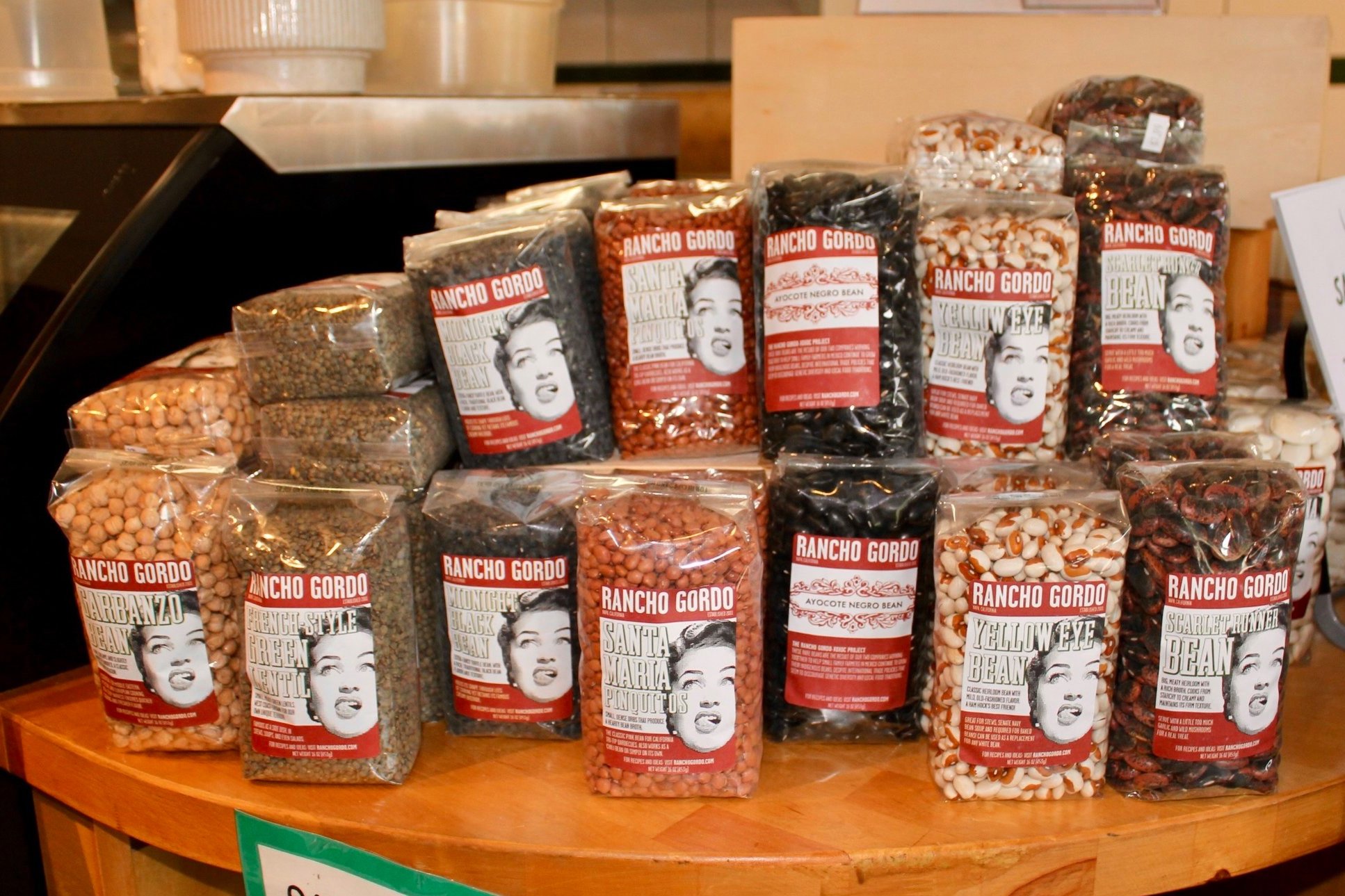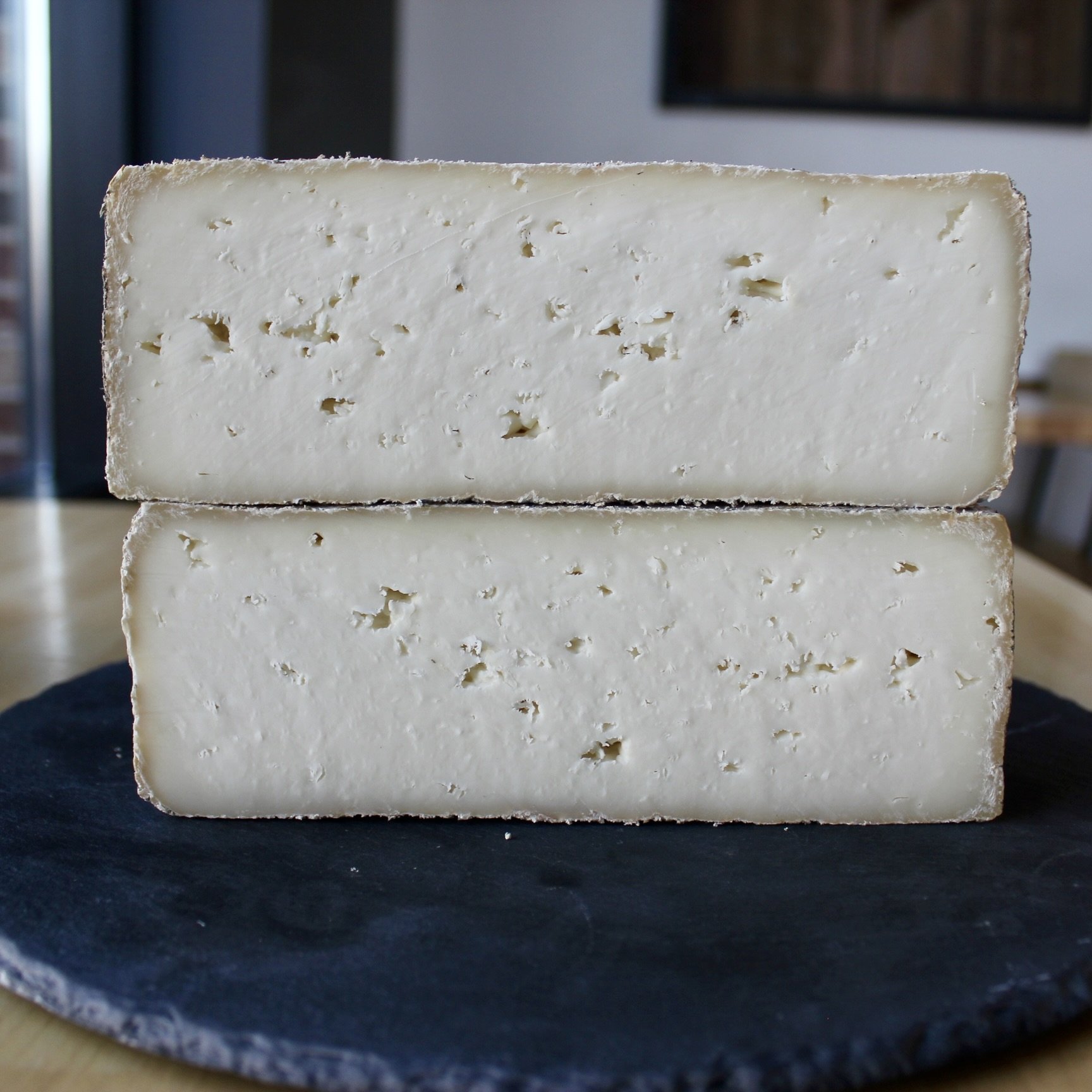While paying eight dollars for a pound of dried beans might be a 300% increase from your supermarket beans, it’s worth it. Hear me out. Dried beans—like canned tomatoes, vinegar, and rice—are a pantry staple worth splurging on. Quality dried heirloom beans have more flavor, better texture, and cook more consistently than those supermarket beans that have been gathering dust for years. And when it comes to dried heirloom beans, there’s one name beloved by celebrity chefs and humble home cooks alike: Rancho Gordo.
Rancho Gordo exploded in popularity at the start of the pandemic. Membership to their Bean Club skyrocket to a waitlist of 40,000 people that takes two to three years to get into. These are dried beans we’re talking about. But cooks in the know have sought out Rancho Gordo beans for years.
Rancho Gordo was founded by Steve Sando in 2001 after a career burnout. With no agricultural background, he took to growing heirloom tomatoes (his first love), but soon switched to growing beans in his Napa fields and became enamored with the genetic diversity and flavors of heirloom beans. Rancho Gordo’s big break came when chef Thomas Keller began serving their beans in his restaurants Per Se and The French Laundry.
Sando did not expect his beans to become the doyennes of fine dining. He had sold the beans as a health food that did a social good. The early aughts were a time when traditional European foods were being discovered and celebrated in America while the traditional foods of the Americas were being lost. Less than favorable trading conditions for our neighbors across the southern border encouraged the industrial farming of hybrid varieties of crops for international trade, which led to the extinction of countless heirloom varieties. A big part of Rancho Gordo’s ethos is building connections and preserving genetic diversity and local food traditions like heirloom beans, spices, herbs, chocolate, and even pottery, best exemplified by their Rancho Gordo–Xoxoc Project. Sando discovered that among the health, story, and flavor of his products, flavor mattered most to people.
Like most vegetable cookery, it comes down to treating the ingredient right. Give a little love (read fat and salt) to a humble bean and it transforms into an incredible thing. Here are two simple guides to cooking beans, one according to the Rancho Gordo Manner, the other following the Primary Beans cooking matrix.
We have an incredible variety of Rancho Gordo beans at the moment, all of which are 15% off this weekend. If you get overwhelmed looking at our selection, here’s my advice: buy a few that just look beautiful or sound good to you. They’ll last you well past the winter, and as the cooler days of autumn settle in, the time to cook a big pot of beans on a lazy Sunday will come and those beans will be in your pantry just waiting to make your day.
Royal Corona Bean – A gargantuan white bean that demands to be the star of a dish. With a thick skin and creamy interior, they’re perfect in a dish like gigantes plaki or pickled.
Santa Maria Pinquinto Beans – These beans are the secret of California’s Central Coast cooking. In culinary establishments like The Hitching Post II, you’ll find Santa Maria tri-tip grilled over oak served with a side of Pinquinto beans. Treat them like a Pinto bean.
Santanero Negro Delgado – These small, glittering black beans from Oaxaca are packed with flavor and create a broth so rich and flavorful they are known as Siete Caldos, Seven Broths. Part of Rancho Gordo’s Xoxoc Project.
Marcella – When Steve Sando asked Marcella Hazan what bean she missed most about Italy she replied that it was the humble Sorana, a variety of cannellini bean. Sando grew and named this bean in her honor. This delicate, vanishingly thin skinned white bean is perfect in soups, casseroles, or dips.
Flageolet – These jade green beans are white beans that are harvested prematurely giving them the uncanny flavor of fresh green beans, even in the dead of winter. Flageolet are a celebrated pairing with lamb, making them a holiday staple, and their fresh flavor makes them ideal in salads.
Chickpeas – If you’ve only ever had canned chickpeas, get ready for a surprise. Not only do dried chickpeas have superior flavor, their texture is exceptional.
Ceci Neri (Black Garbanzo) – A gorgeous Italian heirloom that is smaller, firmer, and nuttier than your typical chickpea.
Alubia Blanca – These small but mighty white beans are ubiquitous in Spanish cooking. A perfect substitute for Navy beans.
Borlotti Lamon – Borlotti are the most celebrated bean of Italy, and among Borlotti beans those grown in Lamon, near Venice, are hailed as the best. They’re the ideal cranberry bean and perfect in Pasta e Fagioli.
Cassoulet – Also known as Tarbais beans, these are the iconic French beans that have become synonymous with that rib-sticking classic of provincial French cuisine: Cassoulet. But they’re more versatile than just one dish! Try them anywhere you would a white bean or just make a simple pot of them.
Domingo Rojo – The perfect bean for red beans, this bean not only is rich in flavor and has a dense-creamy texture, the bean broth it creates coats every grain of rice in a decadent sauce. Substitute for kidney beans.
French-Style Green Lentils – These quick cooking lentils are the perfect pantry staple. Packed full of nutrition and endlessly versatile, you’re always just fifteen minutes away from a meal with these in your larder.
Mayocoba – A pale yellow Peruvian bean that quite simply makes the best charro beans I’ve ever had. It turns ridiculously creamy while still retaining its shape.
Scarlet Runner – Gorgeous scarlet whorled beans that have a roasted chestnut and beefy flavor. These beans deserve to be the star of any dish.
Yellow Eye – A Northeastern staple traditionally used in Boston Baked Beans, these beans have an almost baked potato like texture and flavor when cooked. Versatile enough to be used in most occasions.
Plus, check out these amazing bean-focused recipes from our mongers & staff!











